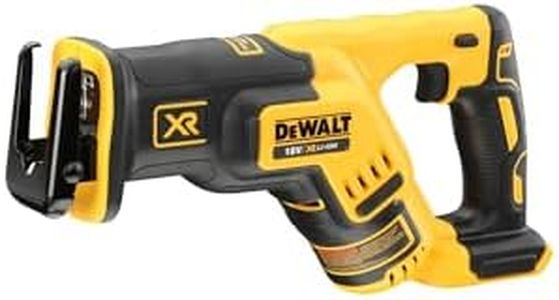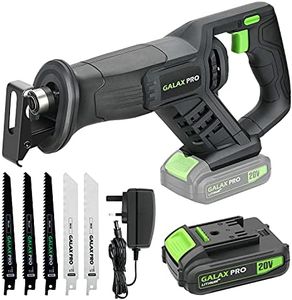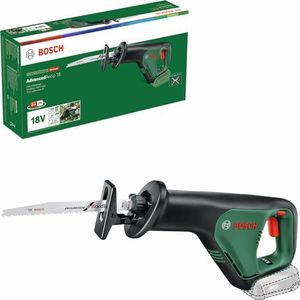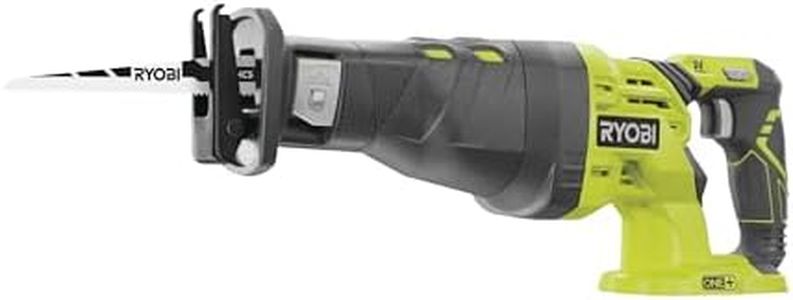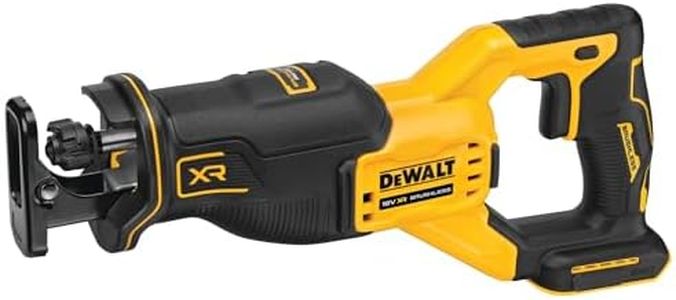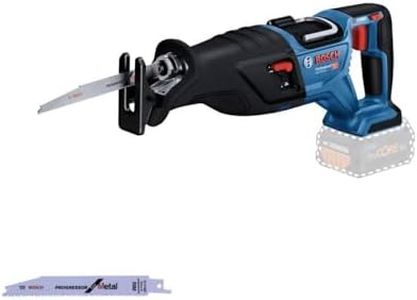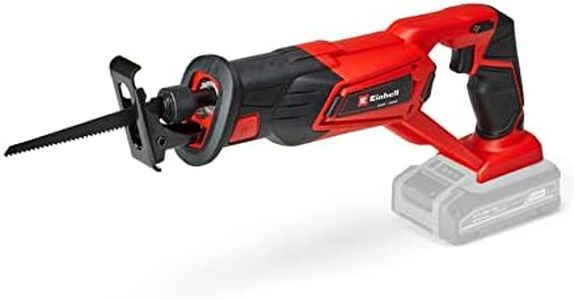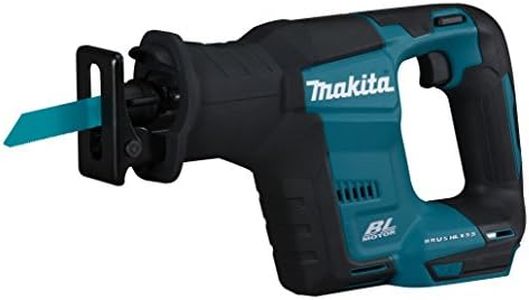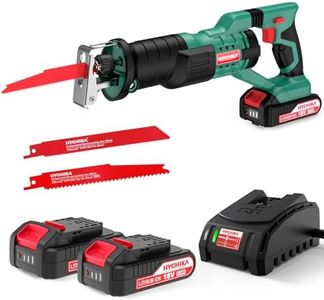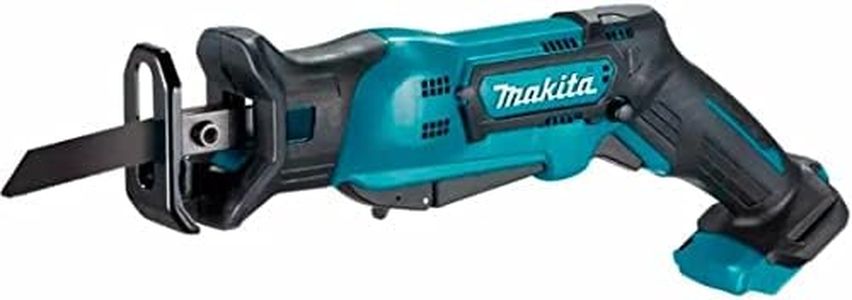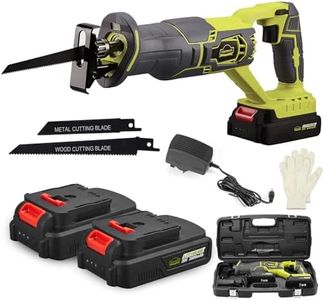We Use CookiesWe use cookies to enhance the security, performance,
functionality and for analytical and promotional activities. By continuing to browse this site you
are agreeing to our privacy policy
10 Best Cordless Reciprocating Saws
From leading brands and best sellers available on the web.Recommended lists
Buying Guide for the Best Cordless Reciprocating Saws
Cordless reciprocating saws are versatile power tools that are ideal for cutting through a variety of materials such as wood, metal, and plastic. They are particularly useful for demolition work, pruning, and other tasks where a handheld, portable saw is advantageous. When choosing a cordless reciprocating saw, it's important to consider the specific tasks you plan to use it for, as this will guide you in selecting the right features and specifications that match your needs.Battery VoltageBattery voltage in cordless reciprocating saws determines the power output of the tool. Higher voltage typically means more power, which can be beneficial for cutting through tougher materials. Common voltage ratings are 12V, 18V, and 20V. For light-duty tasks like pruning or cutting thin materials, a 12V saw may suffice. For more demanding tasks such as demolition or cutting thick metal, an 18V or 20V saw would be more appropriate. Consider the types of materials you will be cutting most often to determine the right voltage for your needs.
Stroke LengthStroke length refers to how far the blade moves back and forth in a single stroke. A longer stroke length can result in faster cutting speeds, as more material is removed with each stroke. Typical stroke lengths range from 1/2 inch to 1-1/4 inches. For general-purpose use, a stroke length of around 1 inch is often sufficient. If you need to cut through thicker materials quickly, look for a saw with a longer stroke length. For more precise or delicate work, a shorter stroke length may be preferable.
Strokes Per Minute (SPM)Strokes per minute (SPM) measures how many times the blade moves back and forth in one minute. A higher SPM means faster cutting, which can be beneficial for quick jobs. Saws typically range from 2,500 to 3,000 SPM. If you need to make quick cuts in softer materials, a higher SPM is advantageous. However, for more controlled cuts in harder materials, a lower SPM might be better to prevent overheating or excessive wear on the blade. Consider the speed at which you need to work and the materials you will be cutting.
WeightThe weight of a cordless reciprocating saw affects its portability and ease of use, especially for extended periods. Lighter saws are easier to handle and maneuver, making them ideal for overhead work or when working in tight spaces. However, heavier saws may offer more stability and less vibration, which can be beneficial for precise cuts. Weights can vary significantly, so consider how you will be using the saw and whether you prioritize ease of handling or stability.
Blade Change SystemThe blade change system determines how easily you can swap out blades on your reciprocating saw. A tool-free blade change system allows you to quickly and easily change blades without the need for additional tools, which can save time and effort, especially on the job site. If you anticipate needing to change blades frequently or work in environments where speed is crucial, a tool-free system is highly beneficial. For occasional use, a more traditional system may suffice.
